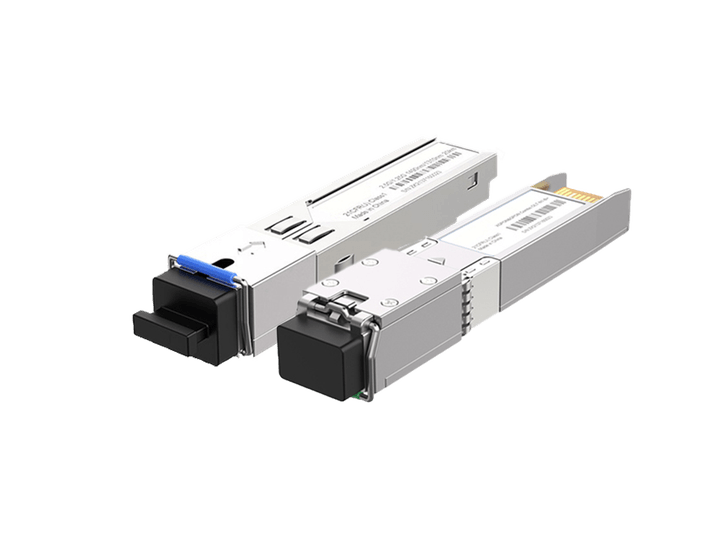
UAV-Dedicated Optical Module(Drone-Specific 1*9)
Transmission Rate: 0-1.25G
Reach:0-40km
Fiber Mode: Single-Mode Simplex
Data Format: TTL
Operating Temperature: -40 to 80 ℃
The drones that everyone sees mostly use wireless communication for signal transmission. However, wireless communication still has some drawbacks, such as limited transmission range due to wireless signal coverage constraints and susceptibility to environmental electromagnetic interference. In such scenarios, signal transmission via fiber optics can be employed.
To address this, we have specifically developed a series of specialized UAC-Dedicated Optical Module. These modules are typically used to achieve high-speed, anti-interference optical data transmission, with a maximum transmission distance of up to 40km.

1\Technological Features
(1. Anti-interference and Stability
Optical transmission:
Inherently electromagnetic isolation; resist interference in electromagnetic environmants (e.g., reconnaissance and high-voltage power scenarios) stable signal transmission
(2. High-speed and Low-latency
High-bandwidth transmission:
Real-time backhaul of ultra-high-definition video(4K/8K), latency as low as milliseconds.
Transmission Distance:
Transmission distance of over 10km; line speed of up to 100km/h; suitable for high-speed flight scenarios
(3. Industrial Environmental Adaptability
Wide-temperature operation::
(-40°C to +85°C) Withstands extreme temperatures, humidity, and vibration
Suitable for harsh environments: field, deep-sea, or high-altitude applications..
IP40 protection: resists dust, salt fog, and corrosive conditions
(4. Lightweight and Modular Design
1x9 form factor:
Compact size; Lightweight design; Easy to integrate into drone systems. Quick assembly; Compatibility with multiple types of fibers; Enhancing deployment flexibility
(5. Long Reach
Signal transmission via optical fiber: over a distance of up to 40km
2\Scenario
(1. Electric power inspection

Paired with high-definition cameras and sensors, it flies along high-voltage power lines and transmits line status data in real time , detecting potential faults(such as damaged insulators or overheated conductors).
(2. Emergency Response and Security Surveillance

Deployed across disaster zones or complex terrains, it enables low-latency image transmission to support rescue decision-making and provides comprehensive surveillance coverage, enhancing security response efficiency.
(3. Underwater Robot Communication

Used in deep-sea exploration, optical communication demonstrates significant advantages in underwater robot applications. By leveraging the inherent resistance of optical fibers to electromagnetic interference, stable data transmission is achieved through optical communication, unaffected by underwater environmental disturbances. It enables reliable data transfer in high-pressure and high-salinity environments, providing underwater robots with long-range, high-capacity communication capabilities.
(4. Mapping and Geographic Information Acquisition

Real time transmission of high-resolution mapping data enhances data acquisition efficiency
(5. Pipe crawling Robot communication

The interior of urban pipeline networks is complex, making it difficult for shortwave communication to provide full coverage. Utilizing optical communication enables high-speed, stable data transmission with strong anti-interference capabilities, low loss over long distances, and portability. This significantly improves pipeline maintenance efficiency.
(6. FPV Drone Communication
Wired fiber-optic communication technology has successfully addressed the challenges of shortwave drone communication in highly interfered environments. It enables stable and secure long-distance wired communication over ranges of 5km to 10km.
3\Adventure Conclusion
Reliability:
Its anti-interference capability far exceeds that of traditional wireless communication, making it suitable for complex electromagnetic environments.
Security:
The physically isolated design prevents information leakage, making it suitable for sensitive missions.
Scalability:
The modular structure is compatible with various drone platforms and supports customization(such as power output, transmission range)





